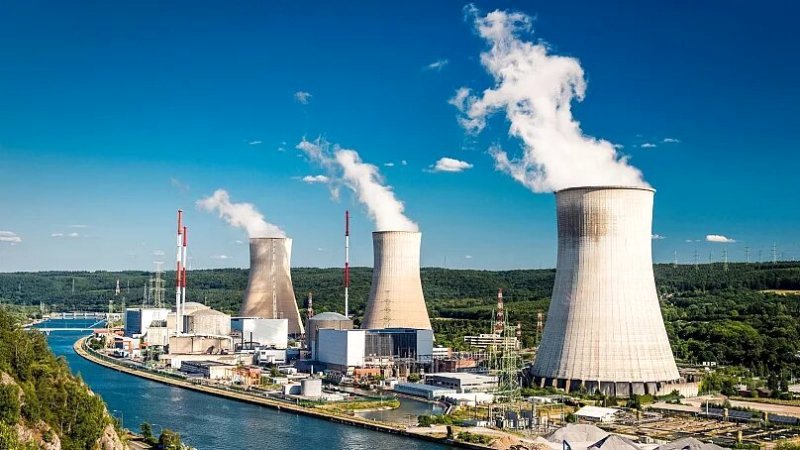Key Points:
- German startup Proxima Fusion has raised €130 million ($148 million) in a record-breaking Series A funding round, marking the most significant private investment in nuclear fusion in Europe.
- The round, co-led by Cherry Ventures and Balderton Capital, supports Proxima’s goal to build the first commercial fusion power plant by the 2030s.
- CEO Francesco Sciortino says the funding will enable the development of superconducting magnets and a stellarator by 2031 to achieve a net energy gain.
On June 11, 2025, Munich-based Proxima Fusion announced it raised €130 million ($148 million) in a Series A funding round. Co-led by Cherry Ventures and Balderton Capital, it’s Europe’s most significant private nuclear fusion investment. The round included Bayern Kapital, DeepTech & Climate Fonds, UVC Partners, and other investors, bringing the total funding to over €185 million. Investors aim to make Proxima the first to deliver a commercial fusion power plant, targeting the 2030s.
Why Fusion Matters?
Nuclear fusion combines hydrogen atoms to form helium, releasing vast amounts of energy, as seen in the Sun. The International Atomic Energy Agency says industrial-scale fusion could provide limitless, clean, and safe energy. Unlike fission, fusion does not produce long-lived radioactive waste.
Since the 1930s, scientists have been pursuing fusion, but significant challenges remain. Proxima’s CEO, Francesco Sciortino, said, “Fusion is a strategic opportunity to shift energy dependence to technology.” He believes Proxima’s team and partnerships with institutions like the Max Planck Institute for Plasma Physics position it to lead Europe’s fusion efforts.
Proxima, a 2023 spin-out from the Max Planck Institute, uses a stellarator design. Unlike tokamaks, stellarators use magnetic fields to confine plasma in a donut shape without needing a plasma current, making them more stable.
The U.S. Department of Energy notes that stellarators allow for precise plasma control in fusion. Proxima builds on Germany’s Wendelstein 7-X, a €1.3 billion public project. “Stellarators are the power plants of the future,” said Balderton’s Daniel Waterhouse. Proxima’s Stellaris design and AI-driven engineering aim for a 2031 demonstrator.
The funds will develop superconducting magnets, critical for stellarators, with a Stellarator Model Coil scheduled for delivery in 2027. Proxima plans an Alpha demonstrator by 2031 to achieve net energy gain (Q>1). The company will expand its 80-person team across Munich, Paul Scherrer Institute, and Culham Fusion Campus.
Sciortino told TechCrunch the round’s speed—half the projected time—shows investor confidence. On X, @EnergyNews praised Proxima’s European focus, citing the energy security needs following the invasion of Ukraine.
Critics argue commercial fusion is far off. Researchers told CNBC scaling fusion for commercial use could take decades. Unlike U.S. rivals like Commonwealth Fusion Systems, which raised $2 billion, Proxima’s €185 million is modest. Stellarators, though stable, require complex engineering.
On X, @FusionSkeptic warned of overhyped timelines, citing past delays in fusion research. Proxima counters with its StarFinder framework and AI to accelerate the design process.
Europe’s Fusion Push
Europe seeks energy independence, spurred by Russia’s 2022 invasion of Ukraine. German Chancellor Friedrich Merz supports fusion research, per Bloomberg. The European Commission funds fusion via EUROfusion, contributing €679 million. Proxima’s funding aligns with Mario Draghi’s 2024 report, which urges the establishment of a stable fusion ecosystem. On X, @CleanTechEU referred to Proxima as a “European treasure” for energy sovereignty.
Proxima aims to demo magnets by 2027 and a stellarator by 2031, targeting a commercial plant by the mid-2030s. It’s negotiating with European governments for an Alpha site. More funding will be needed, per Sciortino. If successful, Proxima could transform Europe’s energy landscape; however, failure risks delaying the promise of fusion. On X, @SciTechDaily urged focus on milestones to maintain momentum.


